Food bloat is a medical condition that develops after a dog (rarely cats) consumes a large amount of ingesta leading to stomach dilation. This condition may develop due to accidental ingestion of a large amount of dog or cat food, treats, trash, etc. When the stomach becomes so dilated it can result in discomfort and pain, nausea and there is a risk of developing a more life-threatening condition called gastric dilatation-volvulus (GDV), or, other concurrent conditions such as pancreatitis and aspiration pneumonia.
Food bloat is typically not life threatening but, in most cases, will require medical attention and it may be important to rule out a GDV as the signs can be similar. In severe and rare cases of food bloat the patient may develop signs of shock (pale gums, weakness/collapse, high heart rate, etc) due to compression of major vessels secondary to the severe dilatation of the stomach. In order to rule out a GDV, obstruction and confirm the presence of a food bloat an examination and radiographs are required.
If your pet is exhibiting any of the following signs please consider seeking veterinary attention immediately:
- Restlessness, pacing
- Panting, difficulty breathing
- Drooling, nausea, vomiting and/or attempting to vomit without production
- Distension of the abdomen – soft or firm (may be difficult to see in some more deep chested breeds)
- Abdominal pain (“praying” position or downward dog position)
- Lethargy, pale gums, weakness, or even collapse
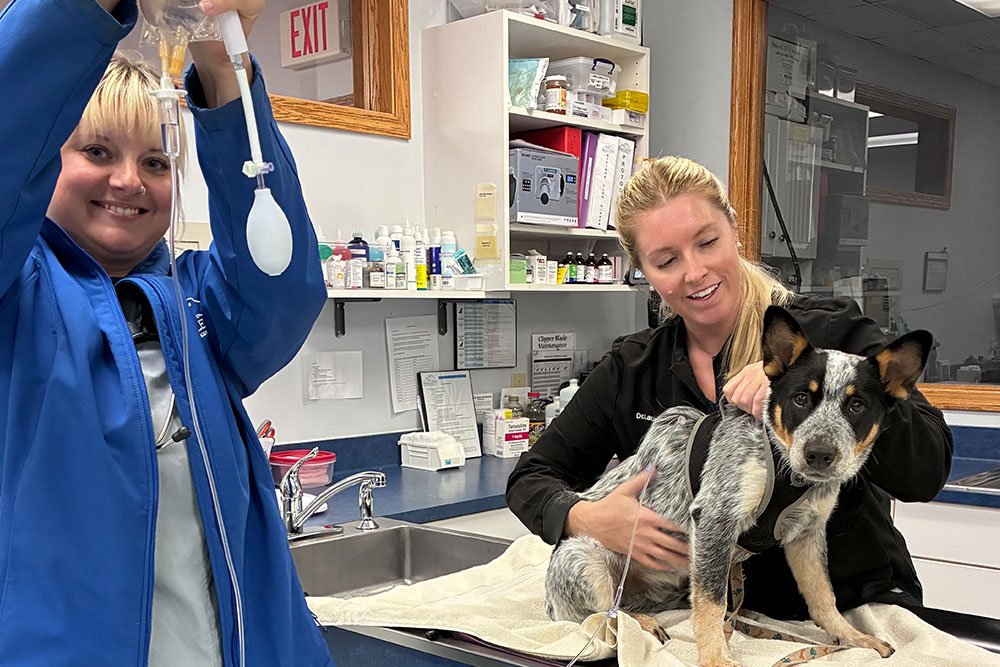
Less severe cases of food bloat may be treated with anti-nausea medications and fluids under the skin (subcutaneous fluids) while others may require more aggressive intervention with inpatient care treatment and monitoring. This may include intravenous fluids, pain control, nausea medications, pro motility agents (if the patient does not have any contraindications). The doctor may also decide to induce vomiting if this would help the patient feel more comfortable. Rarely, a procedure called a gastric lavage, or, surgery may be needed.
Posted by Christina Whitley, DVM, DACVECC – Chief Medical Officer at Animal Urgent Care of
Oconomowoc

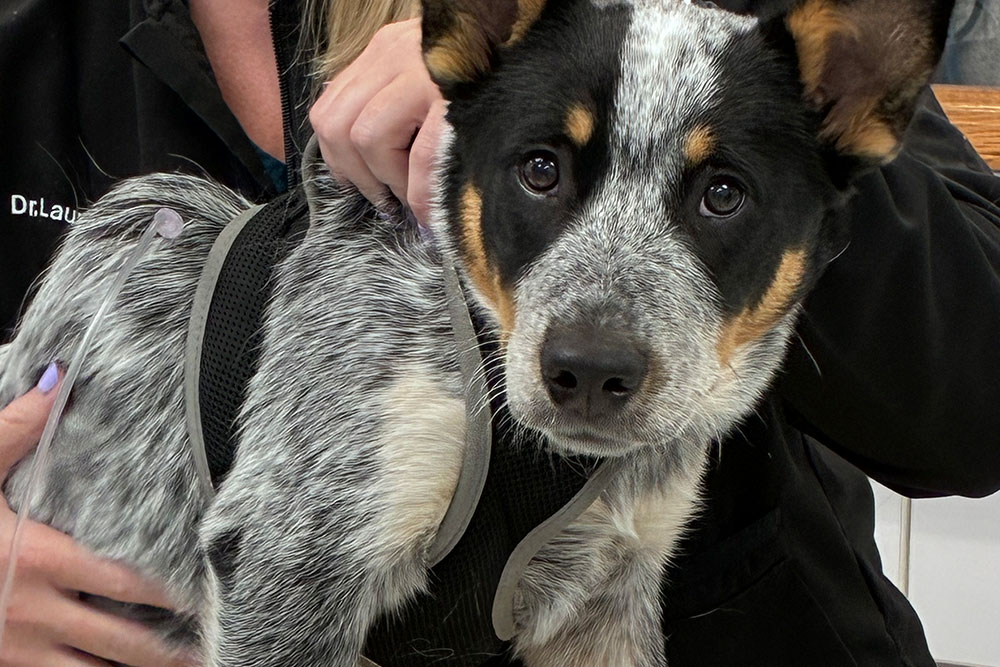
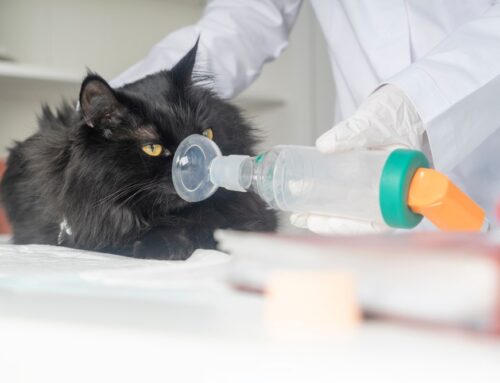
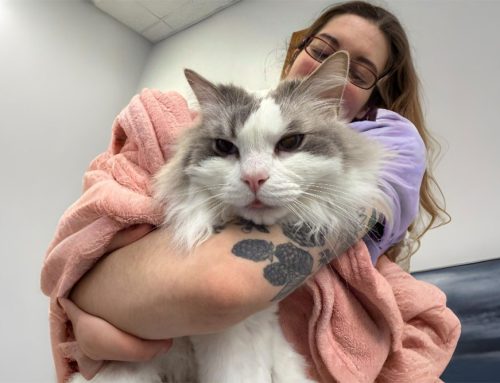
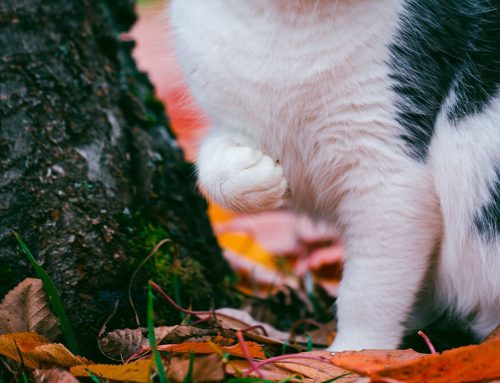


Leave A Comment